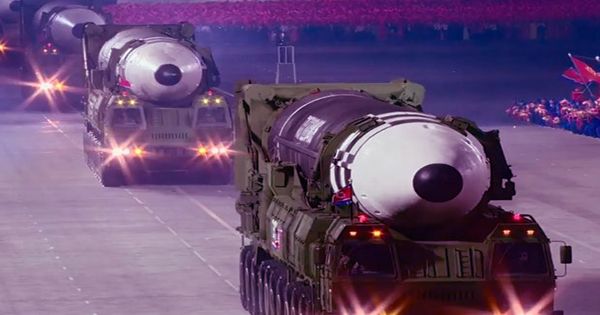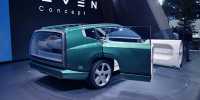In September 2017, North Korea detonated a nuclear device at the foot of Mount Mantap. This experiment resulted in .3.3 magnitude earthquakes producing waves heard by seismographers around the world. This is not an easy method, especially without knowing anything about the geology of nuclear devices and test sites, thanks to the infamous secrecy of the Kingdom of Hermes. These have been used by scientists to learn more about explosions.
North Korea detonates a nuclear device at the bottom of Mount Mantap. It was the largest underground nuclear test in the country and marked the eruption when it literally lifted the mountain about 3.5 meters (11.5 feet) high, before breaking about half a meter (1.6 feet).
Journal of Geophysical Research: A new study published in Solid Earth is trying to explain this seismic signal. Uncertainty surrounding the test dropped the bomb’s yield somewhere between 148 and 328 kilotons of TNT, although researchers believe it was probably about 250 kilotons. For comparison, the United States dropped a bomb on Hiroshima in 1945 that killed thousands of people, about 15 kilotons. This suggests that the 2011 explosion could be ten times more than any test in the country in the last decade.
“From 2006 to 2016, North Korea has gradually increased the size of events, from somewhere from 1 kiloton to about 20 kilotons because they were unusually small. And then in one year, they jumped up to 250-ish kilotons, “co-author Thorne Ley, The seismologist at the University of California, Santa Cruz said in a statement.”The scary thing is it was such a big device.”
“The methods weren’t particularly new. The difference is that the quality and availability of information is much better now than it was 40 years ago.”
The study used methods directly outside the Cold War. The assigned models were used to establish the yield of Soviet devices in the 1980s and to determine whether the USSR was cheating on the limitations of the 1974 underground nuclear weapons test. U.S. geologists at the time believed that the difference was due to geological differences between test sites in Nevada and Kazakhstan, and a joint Soviet-American measurement in 1987 proved that the hypothesis was true.
When US President Donald Trump met with Kim Jong-un in Singapore in 2018, there must have been an agreement to break North Korea’s missile program. Despite the president’s understanding that “there is no longer a nuclear threat from North Korea,” and despite North Korea’s promise to destroy its nuclear test facilities, the country appears to be using ballistic missiles indiscriminately to build and continue their tests.
















